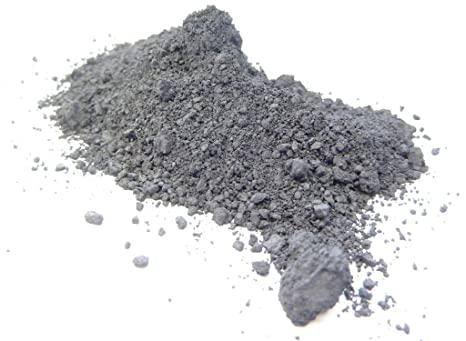Process for Extracting Aluminum Oxide from Fly Ash

Fly ash is industrial solid waste discharged from power plants after coal combustion. In the boiler, most of the combustibles in the coal are completely burned; at high temperature, the non-combustibles (mainly ash powder) melt to form a large number of fine spherical particles, which are collected by the dust collector and separated from the gas to form fly ash. According to the different types of coal-fired boilers, fly ash can be divided into circulating fluidized bed fly ash and pulverized coal furnace fly ash.
Alkaline fly ash extraction of alumina technology is based on the Bayer method, which mainly uses the reaction of alkali and alumina to generate soluble sodium aluminate, so as to realize the separation of aluminum elements and impurities in fly ash. The advantages of the alkaline method are simple method, mature technology, good alumina purity, and high dissolution rate, but the disadvantage is that it consumes a lot of energy and produces a large amount of tailings.
Limestone Calcination
The reaction temperature of the limestone calcination method is 1300 ℃ ~ 1400 ℃, and the reactants are fly ash and lime, aiming to convert alumina into easily soluble calcium aluminate (12CaO 7Al2O3); at the same time, lime and silicon react to form difficult Dissolved dicalcium silicate (2CaO SiO2); the clinker is activated and dissolved with Na2CO3 solution to achieve the separation of elemental silicon and aluminum; the dissolved solution undergoes desiliconization, carbonization and roasting successively to form alumina products.
Pre-desilication-soda lime sintering method
The pre-desilication-soda lime sintering method is to use fly ash and NaOH liquid under certain conditions to dissolve SiO2 in the ash to obtain a sodium silicate solution, and further produce white carbon black or active calcium silicate; the solid slag after extracting part of the silicon A/S has been improved, and alumina is produced by sintering.
Extraction of Alumina from Fly Ash by Acid Method
Acid-method fly ash extraction of alumina, firstly treat the fly ash with inorganic acid (HCl, H2SO4, HNO3) to obtain the corresponding aluminum salt solution, evaporate and crystallize after impurity removal, and obtain alumina after roasting, the corresponding acid gas Recycle after absorption. In the acid method, silicon does not participate in the reaction, and SiO2 is removed in the form of slag during the dissolution process. The acid process mainly includes HCl leaching method and concentrated sulfuric acid leaching method.
Hydrochloric acid leaching
The most representative of the hydrochloric acid method is the “one-step acid-dissolving method” process of extracting alumina from fly ash, and co-producing silicon, gallium, iron and other by-products at the same time.
The “one-step acid dissolution method” process is mainly composed of raw materials and dissolution, sedimentation, impurity removal, evaporation crystallization, calcination, acid absorption and other processes. Specifically: the fly ash discharged from the power plant is prepared into a slurry with HCl and water in a certain proportion; After the high-temperature and high-pressure dissolution reaches the predetermined dissolution rate, it is sent to the sedimentation unit for solid-liquid separation; the liquid phase is purified by impurity removal to obtain an aluminum chloride solution, which is evaporated in three-effect downstream to form aluminum chloride hexahydrate crystals; in the roasting process, crystallization Aluminum chloride is calcined at high temperature to form the final product alumina, and the calcined flue gas (mainly composed of hydrogen chloride) is washed to remove dust and multi-stage absorbed to form hydrochloric acid, which is returned to the raw material and dissolved unit for recycling.
Concentrated sulfuric acid leaching
The sulfuric acid leaching method is to mix fly ash and sulfuric acid in a certain proportion, and react at a certain temperature and pressure. The alumina in the ash reacts with sulfuric acid to form Al2(SO4)3, while the SiO2 in the ash does not participate in the reaction, so Realized the separation of silicon and aluminum. The material after the stripping reaction is separated from solid and liquid to obtain Al2(SO4)3 crude liquid; after removing impurities such as iron and calcium, a refined liquid is obtained; the refined liquid is concentrated and crystallized to obtain aluminum sulfate crystals; the crystals are roasted to form oxides For aluminum products, the flue gas produced by roasting undergoes an acid absorption process to prepare sulfuric acid for recycling.
